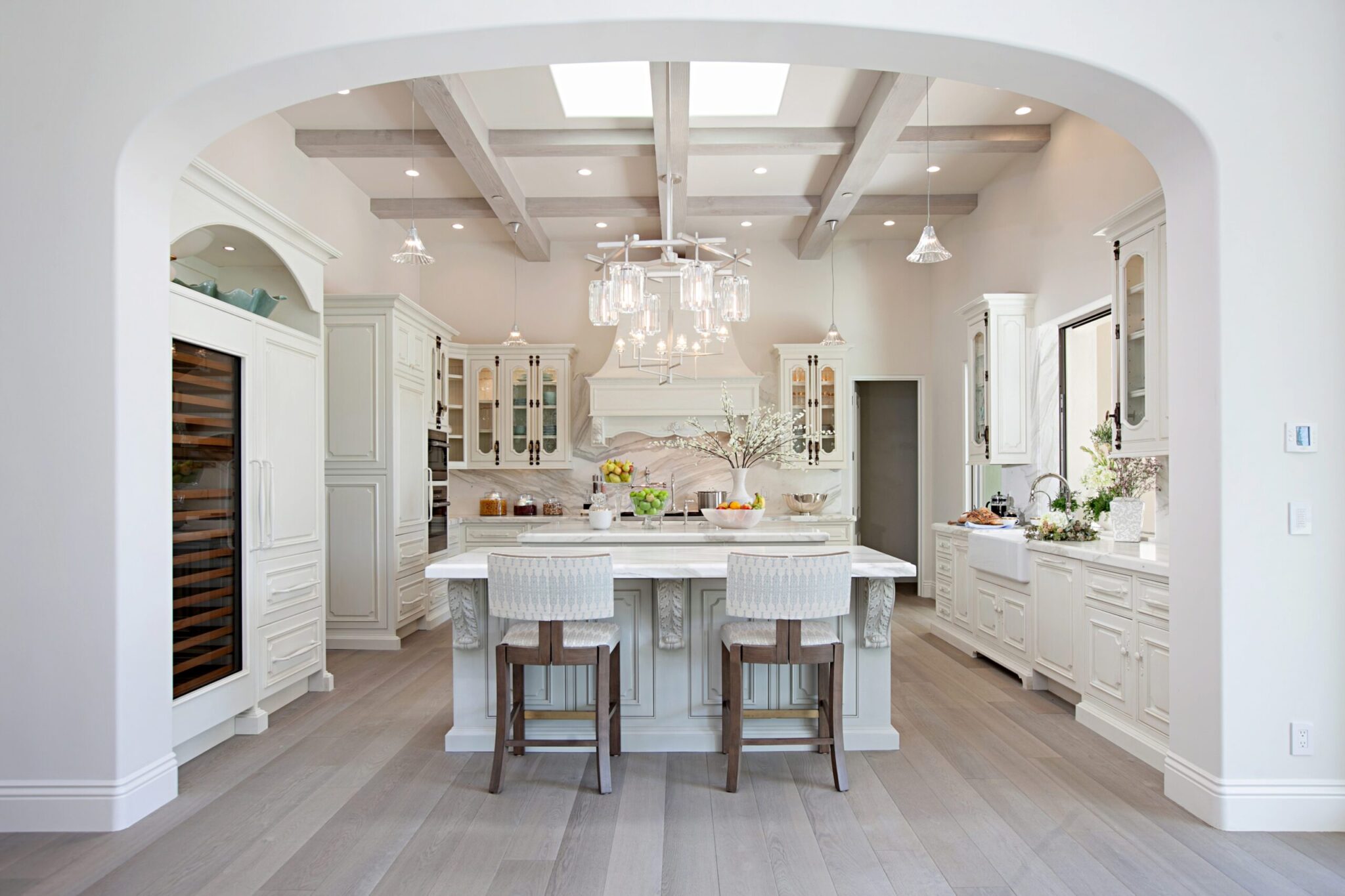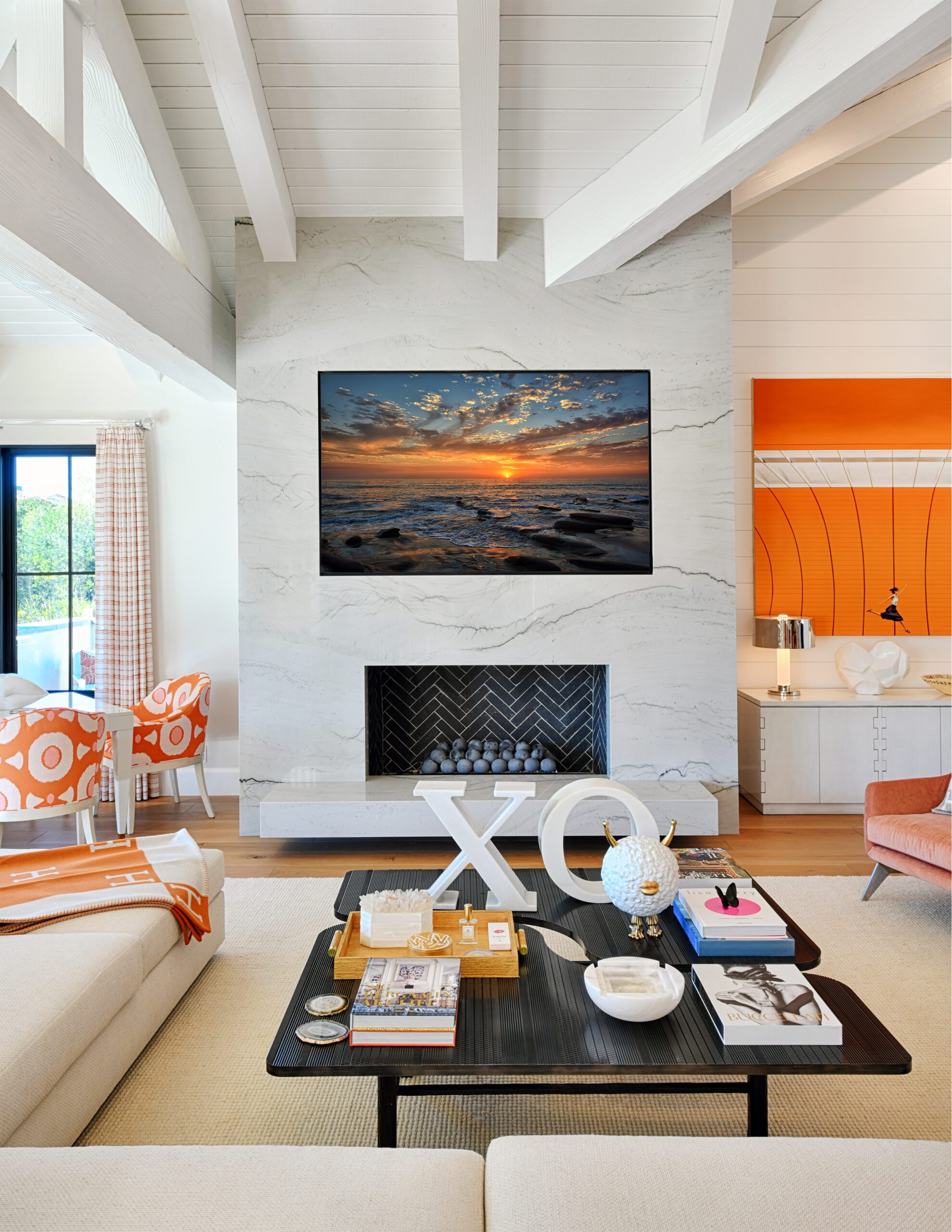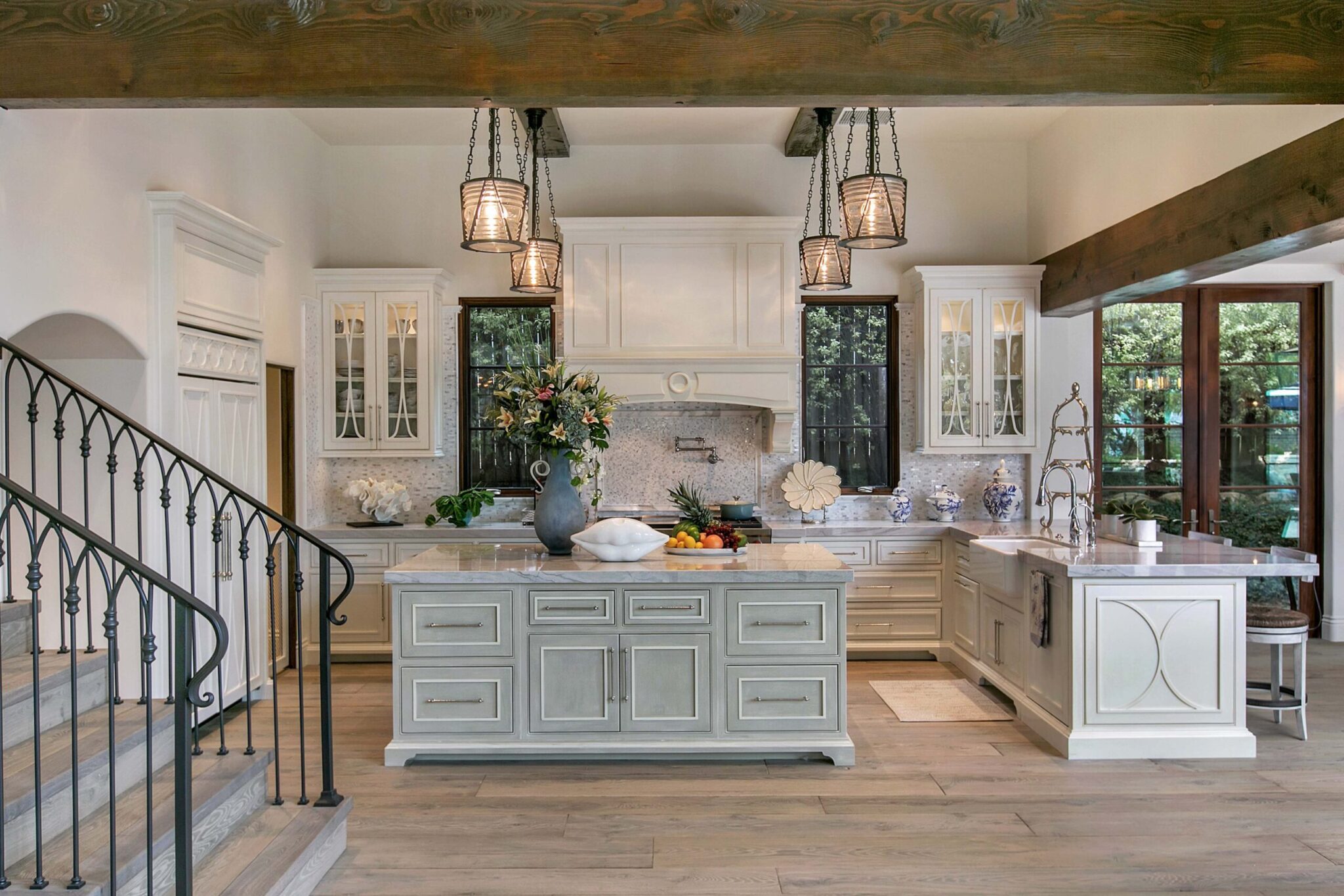Art doesn’t simply fill space—it creates it. A thoughtfully selected statement piece introduces soul to a room, whispering or shouting the personality of its collector. It becomes the axis around which the energy of the space rotates. Whether it’s a bold abstract canvas, an intricate sculptural installation, or a delicately arranged gallery wall, statement art sets the tone, infuses meaning, and often becomes the emotional centerpiece of the home.
Yet selecting a piece worthy of that title can feel intimidating. The artwork must resonate aesthetically and emotionally. Its scale, palette, framing, and placement should feel both intentional and intuitive. When done well, a statement piece doesn’t just impress—it belongs.
What Defines a Statement Piece?
A statement piece isn’t just large—it’s commanding. It engages. It elevates. It shapes not only what you see in a room, but how you feel in it.
Core characteristics:
- Scale: It carries visual weight, often dominating its field.
- Emotion: It stirs curiosity, contemplation, or delight.
- Presence: It influences the energy of the space around it.
- Intentionality: It’s placed with precision, never as an afterthought.
Whether it’s the only piece on the wall or the centerpiece of a gallery arrangement, a statement work acts as a kind of visual punctuation mark—a design exclamation point.
Begin with Emotional Intent
Before exploring color or style, start with an emotional framework. Ask yourself: What should this room evoke?
- For serenity: Consider muted landscapes, ethereal abstracts, or monochromatic ink drawings.
- For vitality: Look to vibrant abstracts, expressive brushwork, or bold photographic portraits.
- For intimacy: Figurative sketches, candid imagery, or narrative-based works may suit best.
Knowing the feeling you wish to cultivate gives your selection clarity and conviction.
Consider Scale and Architecture
The wrong size art—too big or too small—can throw off the entire room. Match the art’s proportions to your architecture:
- Above a sofa or bed: Two-thirds the furniture’s width is a safe rule.
- In double-height or tall ceilings: Think vertically—tall canvases, totemic sculptures, or diptychs.
- In narrow spaces: Use portrait orientation or vertically stacked groupings.
- On gallery walls: Balance large anchors with smaller satellite pieces.
Let the scale feel generous—almost too bold. That’s often what makes a piece truly “statement-worthy.”
Coordinate—but Don’t Match—Your Color Palette
Art that matches too neatly may fade into the background. A more sophisticated approach: let it enhance or challenge your palette.
- Introduce a new accent hue that subtly repeats elsewhere.
- Let black-and-white works balance a colorful room.
- Use a tonal piece to complement natural materials—wood, stone, linen.
The best statement pieces don’t mimic. They converse with their surroundings.
Frame with Purpose
The frame is an extension of the art. It can amplify, soften, modernize, or add contrast.
- Matte black or oak: Understated and architectural.
- Gilt or carved: Perfect for classical oil paintings.
- Floating mount or no frame: Let the art speak directly—great for modern works.
- Acrylic or shadow boxes: Highlight objects, textiles, or ephemera.
Frame choice also affects lighting and shadow. Select a finish that works with both the art and the room’s palette.
Placement is Everything
Where you hang a piece determines how it will live in the room:
- Anchor points: Center it above a fireplace, bed, or sideboard.
- Standalone: Give a piece space to breathe on a blank wall.
- Paired with furniture: Align proportions—don’t dwarf the sofa or let the art disappear.
- Offset installations: Lean large-scale pieces casually against the wall for a relaxed, curated look.
Hang at eye level—typically 57–60 inches from floor to center. In seated areas, adjust slightly lower.
Use Lighting to Animate
Art responds dramatically to lighting:
- Recessed spotlights: Clean, architectural, and effective.
- Picture lights: Elegant for traditional works.
- Track systems: Great for gallery-style flexibility.
- Wall washers: Wash texture and color evenly for large-scale pieces.
Avoid direct sunlight on delicate mediums. When art is properly lit, it transforms from decoration into presence.
Gallery Walls That Feel Like One Statement
Curated gallery walls can carry just as much weight as a singular piece:
- Unify frames (in finish or shape), or choose all mismatched for bohemian charm.
- Lay it out first on the floor or use paper templates on the wall.
- Use one large piece to anchor the arrangement.
- Tell a story—a sequence of travel photography, family history, or botanical studies.
Done well, a gallery wall reads as a narrative rather than a collage.
Art in Unexpected Places
Some of the most delightful statement moments come in unassuming locations:
- Powder rooms: Add punch with vintage prints, modern abstracts, or cheeky illustrations.
- Kitchens: Try a small canvas near the pantry or a sculpture tucked in shelving.
- Closets: Treat dressing rooms to fashion sketches, framed textiles, or mood photography.
- Stairwells: Use the vertical flow for a cascading sequence of works.
When art shows up in unexpected places, it stops being background—it becomes personal.
Mix Eras and Styles with Confidence
The most interesting walls are those that feel layered through time:
- Hang a contemporary piece above an antique chest.
- Place an ornate landscape next to a minimalist sculpture.
- Mix photography, collage, and painting for textural contrast.
This tension feels collected, not curated. It creates dimension, and reflects a life lived with discovery and depth.
Rotating Art for Seasonality and Storytelling
Statement art doesn’t have to be permanent:
- Seasonal rotation keeps your space fresh—lighter watercolors in summer, moodier abstracts in winter.
- Holiday swaps offer visual change without new purchases.
- Art led by intention—a dining room that changes with the menu, or a study that reflects evolving interests.
Just like textiles or lighting, artwork can shift with mood, calendar, or even guests.
Entertaining Spaces: Art as Icebreaker
In spaces designed for conversation—dining rooms, lounges, salons—art becomes part of the dialogue.
- Choose pieces that invite interpretation, like abstract works, symbolic photography, or political pieces.
- Hang lower in seated rooms for intimate engagement.
- Pair bold artwork with simple place settings or minimal styling to let the piece lead.
Guests might leave remembering the meal—or the painting.
Curating Outdoor and Transitional Spaces
Art isn’t confined to interiors:
- Outdoor living rooms: Use sculptural works, framed prints under glass, or ceramic wall pieces.
- Covered patios: Try textiles, murals, or painted panels.
- Hallways and mudrooms: Introduce framed maps, typography, or children’s curated drawings.
Choose materials that withstand humidity and direct sunlight—or rotate seasonally. Outdoor art adds elegance where it’s least expected.
Integrating Art with Architecture
Some of the most powerful art installations don’t just sit on a wall—they interact with the architectural elements around them. When the line between structure and storytelling blurs, you’re no longer simply hanging a piece—you’re weaving it into the space.
Think of:
- Niches carved into stone walls housing bronze busts or minimalist ceramics.
- Ceiling coffers or barrel vaults where custom-painted murals transform elevation into visual drama.
- Curved staircases paired with elongated vertical works that echo their geometry.
- Floating walls designed not to divide, but to hold art that can be viewed from multiple sides.
When designing new spaces or undergoing renovation, consider how architecture can frame art just as beautifully as a traditional mat and border.
Blending Digital and Traditional Mediums
In the era of digital canvases, projection art, and LED-lit sculpture, the definition of a “statement piece” has evolved. For homes with cutting-edge automation or curated technology, integrating new media art allows for dynamic change and sophisticated interactivity.
Examples include:
- Digital screens that display a rotating collection of NFT artworks or curated digital photography.
- Kinetic installations that respond to movement or light, ideal for gallery-like hallways.
- Sound-based art pieces that shift tone or intensity based on time of day or ambient noise.
Pairing high-tech works with organic textures—such as stone floors, woven textiles, or live-edge furniture—creates a layered aesthetic where old meets new in an intentional dialogue.
Sourcing Art with Intention
Where your art comes from can be just as meaningful as what it depicts. Today’s collectors are seeking pieces that don’t just look good—they do good, too.
Consider sourcing:
- From emerging local artists, to invest in your community’s creative voice.
- Through artist residencies or cultural foundations that fund the work of underrepresented creators.
- Via sustainable art platforms that use non-toxic materials or upcycled mediums.
Intentional sourcing transforms your home into a platform for ethics and aesthetics, while enriching your connection to each piece in your collection.
Creating a Curated Art Journey Throughout the Home
Think of your home as a gallery with chapters. Each room presents a new tone, a different point of view, or a shifting emotional key. Rather than selecting pieces in isolation, consider the arc of the entire collection:
- In entryways, art should feel welcoming or intriguing—hinting at what’s to come.
- In living areas, it might reflect conversation, vibrancy, or nostalgia.
- Hallways become transitional canvases—perfect for timeline displays or thematic runs.
- Bedrooms ask for intimacy and softness—photography, textile art, or muted abstracts.
- Offices or libraries can reflect intellect, inspiration, or calm introspection.
This curation creates a rhythm that enhances the narrative of the home, ensuring each piece isn’t just “hung” but introduced.
Commissioning Something Unique
There’s nothing more personal than custom work:
- Work with artists who align with your values and vision.
- Share your story, your home’s palette, or a cherished object as inspiration.
- Allow time and trust—great commissions are collaborations.
- Ensure paperwork, delivery, and framing are clarified in advance.
The result? A story rendered in brushstrokes, pigment, or ink. Something no one else owns.
Caring for Your Collection
Good art deserves proper care:
- Dust frames regularly with a microfiber cloth.
- Keep away from moisture, heat vents, and direct sun.
- Document each piece: date, medium, artist, and provenance.
- For high-value works, insure and consider professional installation.
Art that’s maintained lasts for generations—and so does its meaning.
Conclusion
Statement art is not simply an object—it is an experience. It’s the pause in a hallway, the spark in a dinner party conversation, the moment of resonance when your eyes meet a canvas and something clicks inside.
Choosing and displaying statement pieces is a powerful act of design, but also of identity. It signals to yourself and others what moves you, what inspires you, and how you see the world. Whether you’re commissioning an original, discovering an emerging talent, or curating a multi-generational collection, your walls become the voice of your space.
With thoughtful placement, honest emotion, and a confident hand, statement art becomes the connective tissue between style and soul. And in the hands of a skilled designer—like Kern & Co.—it’s not just art. It’s legacy.



